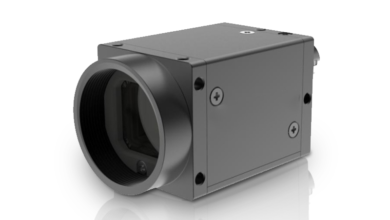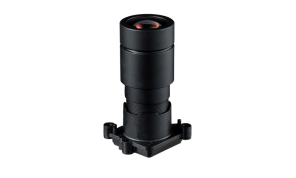Importance of tape measure rivets

A rivet is a mechanical fastener featuring a smooth, cylindrical shaft and a head on one end. They work to attach two or more parts, often more tightly than a typical nail or screw.
Flexible tape measures come in a range of lengths and sizes, all created by different manufacturers—but they seem to have one thing in common. Their end clips or hooks are attached by two to three slightly loose rivets, allowing them to move around.
If you’ve noticed the loose rivets, you might have wondered if your tape measure is faulty. Well, this article will provide you with all the answers you need—keep reading to find out more!
Why are tape measure rivets loose?
Well, it’s not a manufacturing error! Tape measure rivets are loose for a reason—to make up for the thickness of the hook. Without the rivets, if you pushed the clip against a surface to take an inside measurement, its thickness would be included in the reading.
Similarly, with no rivets, hooking the clip over the edge of an object for an outside measurement would result in the same error.
Margins of error this small may not matter as much for small household projects, but for commercial and industrial purposes, pinpoint accuracy is crucial.
That’s why manufacturers mount the clip on rounded rivet holes. It allows the hook to slide exactly the depth of the clip, giving you an accurate measurement whether you’re taking an inside or outside measurement. Clever stuff!
Benefit 1: Accounting for different applications
So, the main reason why tape measure rivets are loose is to account for the different possible applications. You’ll find this useful feature in all tape measure brands, from the Stanley FatMax tape measure to the Milwaukee standard. For a range of options check out RS today!
There are two types of measurements: inside and outside. Let’s use two pieces of timber as an example.
To make an outside measurement, hook the clip over one board’s edge and read the measurement at the outside edge of the other piece. For an inside measurement, push the clip against one board’s inner edge and read the measurement at the other piece’s inner edge.
Benefit 2: Higher accuracy
Since tape measure rivets account for slight differences while taking inside and outside measurements, they increase accuracy. As we touched on above, a few millimetres can make or break an industrial or commercial job—so pinpoint precision is crucial.
Other lesser-known features of tape measure hooks
Did you know that tape measure clips often feature a nail or screw grab? As you might guess, these small holes in the hook allow the user to hook the clip onto a nail or screw, allowing for more stable—and therefore more accurate—measurement.
Give it a try next time you’re taking measurements and see what difference it makes!
The power of rivets
Now you know why tape measure rivets are so important, you can rest assured that your measuring tape isn’t faulty—it’s working exactly as it’s supposed to! To test this function, try taking some inside and outside measurements and watching the hook adjust. It will always move to exactly the depth of the hook itself.





